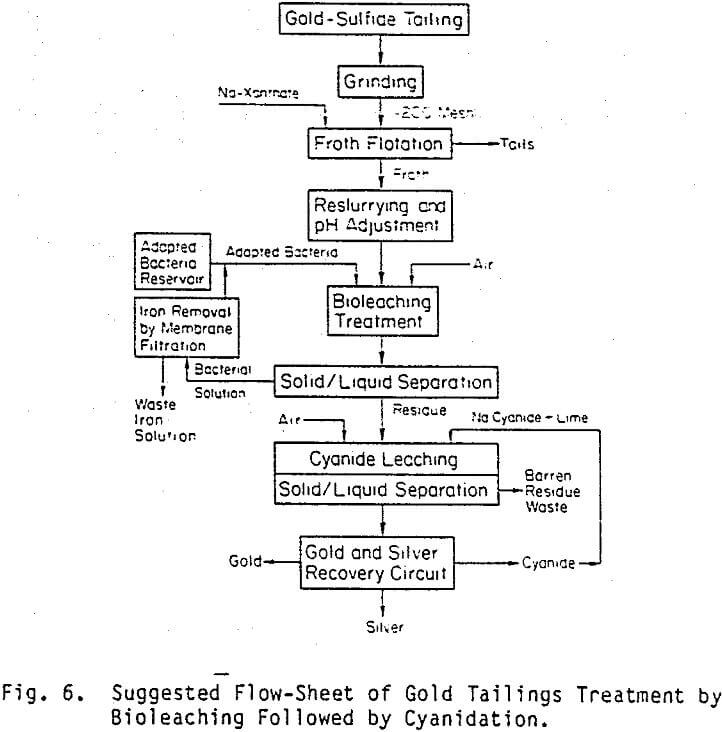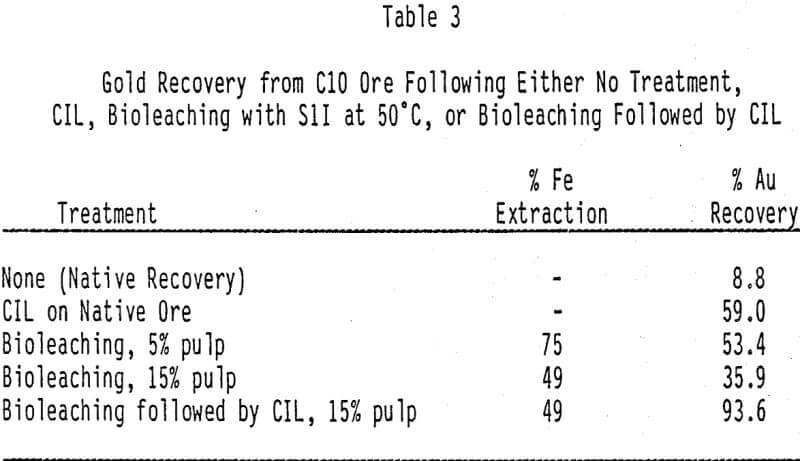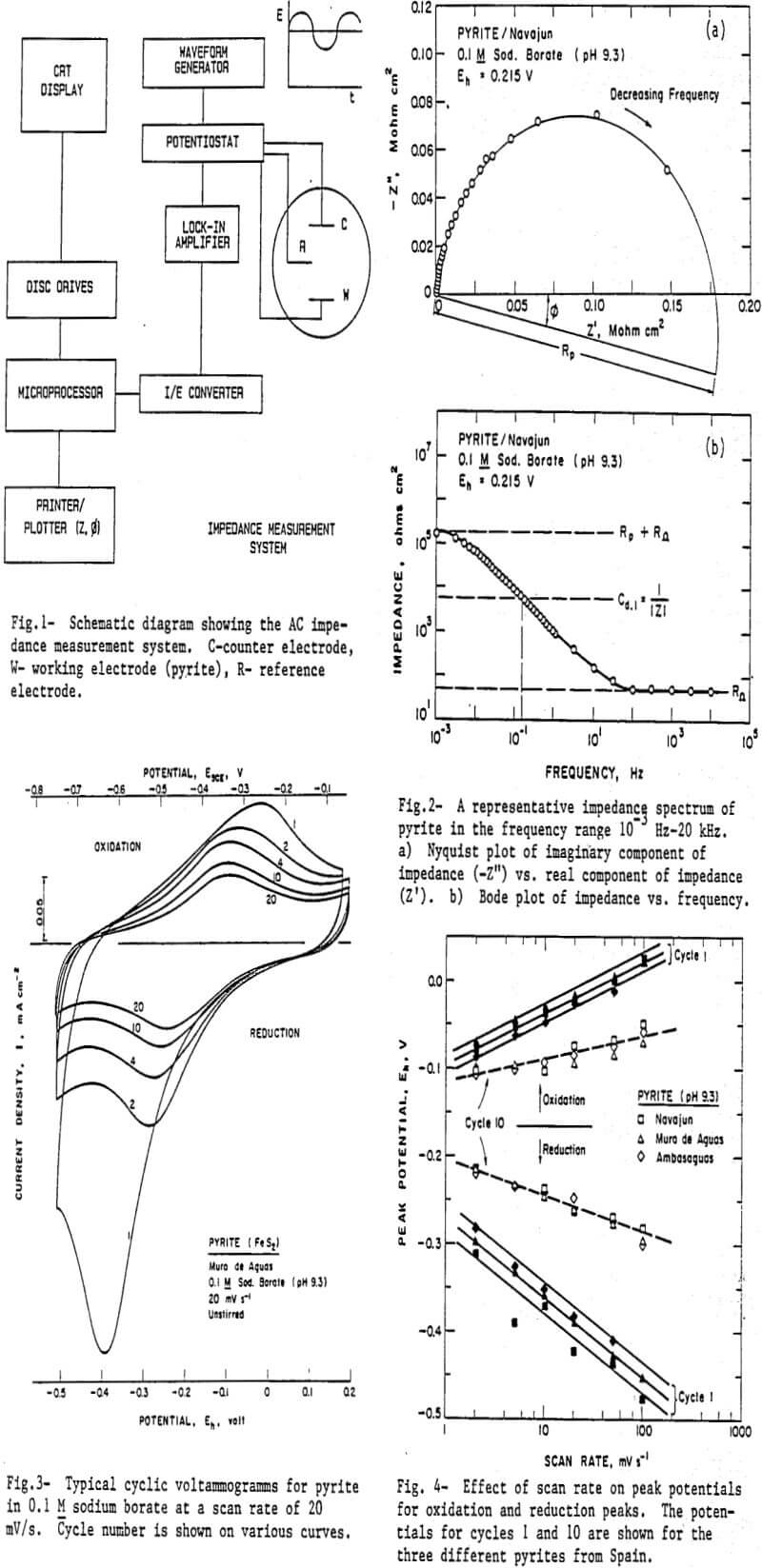Autogenous Grinding Iron Ore
Hibbing Taconite is located near the center of the Mesabi Range in Northern Minnesota 100 miles from the Canadian border and 80 miles north of the Lake Superior Port Cities of Duluth and Superior. Current owners of Hibbing Taconite are Bethlehem Steel Corporation, LTV Steel, Pickands Mather and Stelco. Inc. Pickands Mather, a subsidiary of […]
Air Classification Working Principles
Regardless of the mechanical design features of a particular air classifier certain basic principles apply. Specifically, there are two forces at work: An air drag force An inertial or centrifugal force. The air drag force has an increasing influence as particles become smaller. A very small low mass particle is easily carried along with an […]
Bioleaching Test Procedure

Pulps of 20% solids is prepared from -200 mesh pyrite concentrate (after froth flotation), and is inoculated with 5% (V/V) of adapted bacterial solution. The bioleaching tests is carried out in 250 ml Erlenmayer flasks, each contained about 220 ml pulp. The pulps is aerated with air bubbling at one liter per minute air flow […]
Heap Leaching in Cold Weather & Winter
Extended freezing conditions exist in many parts of the world in the winter because of latitude or high altitude or both. Such conditions, coupled with the sprinkling techniques commonly used in heap leaching, result in formation of layers of ice which inhibit leaching by tying up solution inventory on heap surfaces and shutting off solution […]
Heap Leach Feed Preparation
Some gold and silver ores are difficult to successfully heap leach because of the high percentage of clay, and/or fines which are intrinsic in the material or generated by the crushing or ore preparation. This type of ore can result in extremely slow percolation during heap leaching. Channeling can result which promotes dry areas within […]
Heap Leaching at Altitude
It is feasible to conduct cyanide heap leaching at high altitudes as has been demonstrated by a number of pilot and commercial operations in the altiplano of the Andes Mountains. Operations at elevations in excess of 3000 meters (9800 ft) must be conducted with care to insure that heaps are fully permeable and the lixiviant […]
Heap Leaching with Sea Water
There are locations on the west coast of South America, in Australia, and in the California internal desert where fresh water is practically unavailable. It has been found that precious metal dissolution can be accomplished in sea water or in strong brine provided the leaching environment is adjusted to compensate for the buffering characteristics of […]
Bioleaching Carbonaceous Gold Ores

The previous tests demonstrated the use of facultative and extreme thermophiles for refractory sulfide gold ores and flotation concentrates. The following tests were conducted on carbonaceous gold ores to evaluate response to bioleaching. Facultative Thermophile Bioleaching of Carbonaceous Gold Ore The facultative thermophile S1I was used to pretreat a carbonaceous gold ore under CSTR conditions. […]
Flotation Training
https://www.911metallurgist.com/flotation-recovery-cumulative-grade-recovery-curve https://www.911metallurgist.com/mineralogy-flotation-floatability-selectivity https://www.911metallurgist.com/flotation-mass-water-recovery-mineralogy Laboratory Flotation Testing Services
Cyclic Voltammetry

A few representative cycles from the first 20 oxidation/reduction cycles for a pyrite electrode in 0.1 M sodium borate are presented in Figure 3. The first scan was made in the cathodic direction starting from the rest potential of the mineral which typically had a value of 0.18 V. The large reduction peak observed in […]
